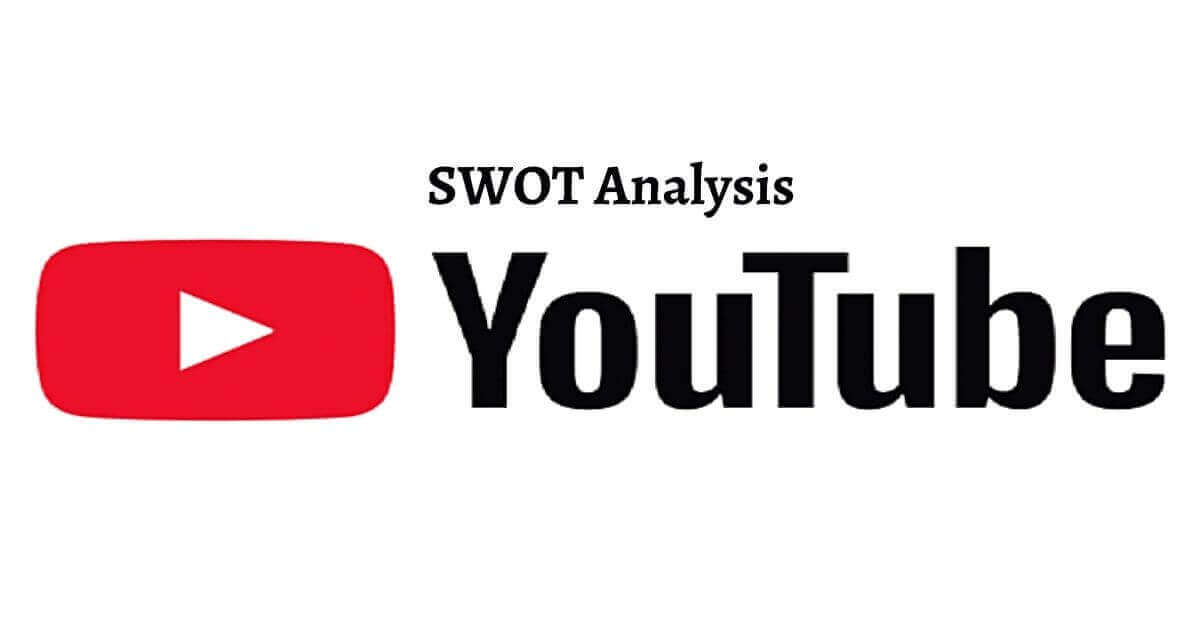DEI (diversity, equity, inclusion) outlines the organizational framework that focuses on promoting the fair treatment of all workers and employees without any discrimination. It recognizes the value of diversity and focuses on the inclusion and well-being of all the employees who play a key role in the company’s growth and success. Today, we’ll discuss the SWOT analysis of DEI; it outlines strengths and weaknesses; opportunities and threats that the company has to face; as a business strategy analysis example company.
Elements of DEI and their Definitions
- Diversity – people from different races, ethnicities, genders, cultures, color, and social status
- Equity – making sure the company’s strategies are fair, impartial, and offer equal results for everyone
- Inclusion – making people feel safe and protected and give them a sense of belonging with support
Steps to Promote DEI in the Workplace
- Promoting a sense of belonging by offering unconditional support
- Dealing with discrimination, biases, and micro-aggression
- Implementing visibility and offering equal opportunities for all
- Strengthening leadership capabilities and accountability
- Making sure the representation of all the diverse talents
Stages of DEI
- People are new to the DEI concept and becoming aware of it
- Complying with legal and regulatory requirements
- Integrating the DEI project with the company
- Making efforts to include DEI as part of the company
- Sustaining the DEI efforts over time for better results
Companies implementing DEI
- Intel
- Racial Equity Institute
- Collective
- Humana
- Ally Financial
- AbbVie
- Marriott International
- Capital One
- Autodesk
- ADP
- Verizon
- EY
The SWOT analysis of DEI would analyze the internal strengths and weaknesses of the company; and external opportunities and threats that the brand has to face. Here’s DEI SWOT analysis as a business strategy analysis example company as follows;
Strengths of DEI
Some of the main internal strengths in the DEI SWOT analysis example company as business strategy analysis are as follows;
High Productivity
Many research studies have shown that DEI-implementing organizations have higher growth and productivity. A study by Forbes showed that companies have more than 10% women partners, they tend to be more profitable and generate significant revenue. Ethically and culturally diverse companies generate 33% more revenue and profit than non-diverse companies.
Establishing Trust
According to a study, 56% of the workers and employees won’t refer the employer and workplace if it is not diverse; 40% of the workers would leave the organization if it follows DEI. The diverse workplace environment builds an atmosphere of trust and confidence. It assures workers, employees, and team members that their organization accepts them regardless of their differences.
Innovation & Creativity
HBR study showed that 79% of the DEI implementing organizations have the capability to successfully execute changes and adopt them. When companies have diverse team members from different backgrounds, races, colors, and ethnicities; they bring their unique ideas and contribute them to the team. As a result, their innovation and creativity would increase significantly.
Higher Retention
DEI’s strategic approach plays a key role in improving the company’s retention rate. According to a study, 35% of the workers develop an emotional connection with the workplace due to a sense of inclusion and belongingness. 20% of the employees prefer to work for a diverse employer and stay there, and it helps companies deal with the employee retention problem.
Better Recruitment
DEI practices allow businesses and companies to engage in a fair employee recruitment process. It means recruiting, selecting, and hiring employees and team members based on their qualifications and capabilities, rather than their gender or color differences. However, when companies engage in fair recruitment practices, ultimately their productivity increases significantly.
Weaknesses of DEI
Some of the main internal weaknesses in the DEI SWOT analysis example company as business strategy analysis are as follows;
Mandatory Training Programs
Some companies implement mandatory diversity and DEI training programs, regardless of the fact whether employees need it or not. Conducting such mandatory training programs not only increases the expenses, but the employees don’t feel good about it. Companies should only conduct DEI training programs if they need it.
Unavailability of Diverse Talent
Statistically speaking, the ratio of female engineers, mathematicians, and scientists is much lower than that of male engineers and scientists. The same goes for white scientists and scientists from other ethnicities. When you apply the equality formula and focus on building a diverse team, then its productivity decreases because you didn’t choose them based on their qualifications; you chose them based on diversity.
Opportunities for DEI
Some of the main available opportunities in the DEI SWOT analysis example company as business strategy analysis are as follows;
Positive Reputation
DEI-implementing organizations earn a positive reputation in the market. Their newsletters and annual magazines represent people from different ethnicities and backgrounds. However, it attracts the attention of the media and helps the company to attract a diverse range of talent to their workplace.
Global Expansion
DEI’s strategic approach allows businesses and companies to go international and collaborate with a wide range of people of multiple ethnicities, colors, cultures, and backgrounds. As a result, their productivity, growth, and market value increase to a great extent.
Threats to DEI
Some of the main potential threats in the DEI SWOT analysis example company as business strategy analysis are as follows;
Legal compliance
It has become mandatory for businesses and companies to follow the DEI strategies in their hiring, recruitment, and other operational processes. Non-compliance with DEI practices and regulations would bring heavy lawsuits and a negative reputation in the media.
Negative Reputation
Speaking of negative reputation, it becomes highly difficult for non-comply DEI organizations to attract talent from ethnicities and backgrounds. As a result, their productivity, growth, and profitability decline significantly.
Conclusion: DEI SWOT Analysis Example Company |SWOT Analysis of DEI |Business Strategy Analysis
After an in-depth study of the SWOT analysis of DEI; we have realized that DEI (diversity, equity, inclusion) plays a key role in a company’s growth and success. If you are learning about DEI SWOT analysis example company; then you should keep in mind the abovementioned internal strengths and weaknesses; external opportunities and threats as brand strategy analysis.

Ahsan Ali Shaw is an accomplished Business Writer, Analyst, and Public Speaker. Other than that, he’s a fun loving person.


